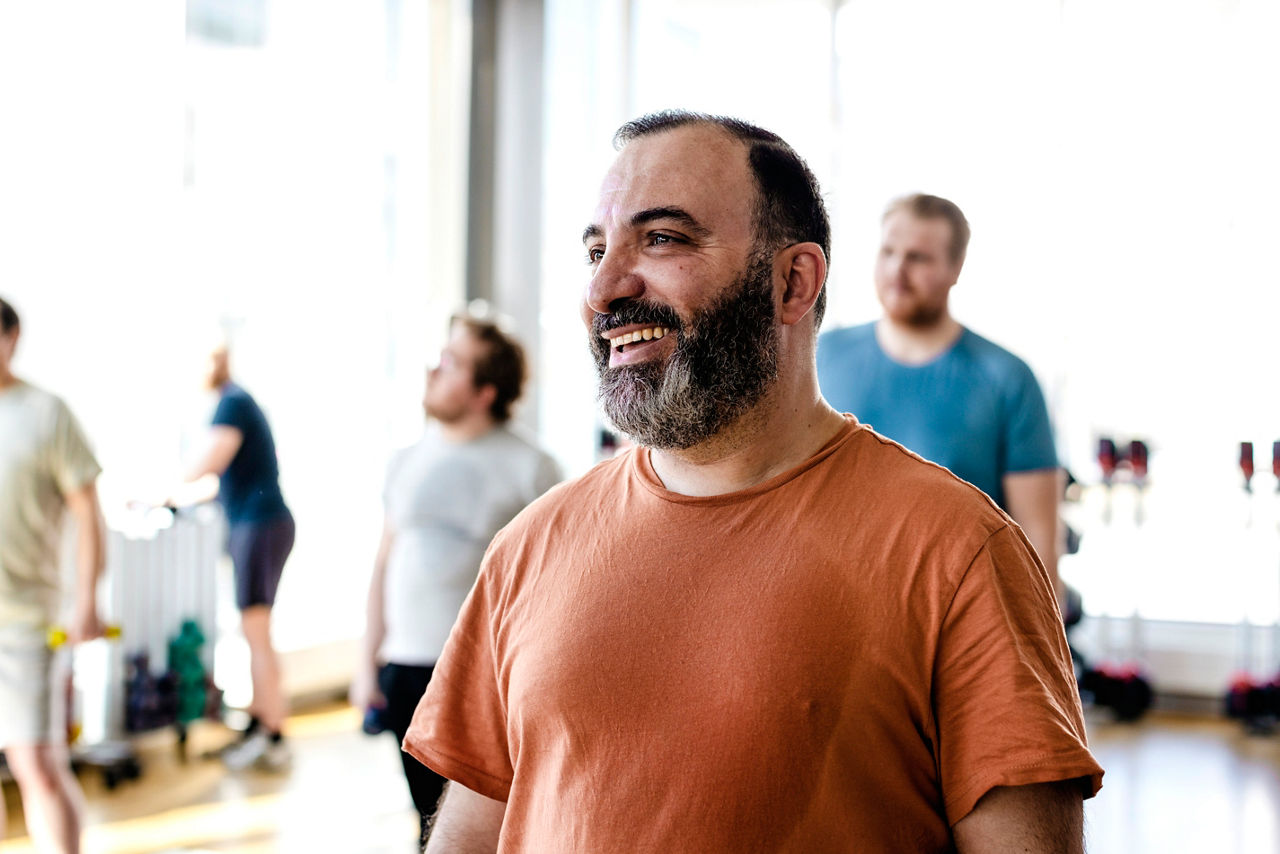1. Retirement income isn’t taxed
Depending on your salary, you could be paying up to 45% in income tax. While the average tax rate is closer to 32.5%, that's still a significant sum of money that will never see your bank account.
For example, someone earning $80,000 a year would be taxed approximately $16,500, leaving them with $63,500 in actual take home income.
2. Mortgage free retirement makes a real difference
How much of your current income is spent on mortgage payments? According to a recent report, over 40% of a typical borrower’s income was needed to service mortgage repayments.
If you’re on $80,000, that’s a further $32,000 (on top of your tax) you’ll never see.
In other words, when you deduct tax and mortgage repayments, that $80,000 income would leave you with about $31,500.
So, all things being equal, a retired individual (with no mortgage), drawing down the ASFA comfortable living standard of $51,000 would be significantly better off than when they were earning $80,000 while paying down a mortgage and going to work.
Obviously this is a very rough, back of an envelope calculation, and it doesn’t include individual circumstances, but it helps put retirement income into perspective. Even if you’re not entirely mortgage free when you enter retirement, you’ll have probably paid off a significant amount – which means lower repayments, which in turn means more money for other expenses. You may even choose to use some of your super savings to pay off your mortgage, so you start your retirement debt free.
Accessing your money in retirement
One of the ways to access your super when you retire is to transfer your super account to a Retirement Income account. If you’re already an Equip Super member, this is as easy as reading the PDS and TMD, considering if it is right for you and filling out an application form.
Just like your super account, you can decide how you’d like to invest your money, and can choose from a variety of different investment options. Everything from Growth Plus through to something more conservative like Fixed Interest (and lots in between). We even have our MyPension investment strategy for those who wish to leave the investing up to our team of investment professionals.
The key difference between a super account and a Retirement Income account is you can start receiving regular income payments. Assuming you’re retired and have met the mandated conditions you can choose how often you’d like to receive these payments. That might be weekly, monthly, quarterly, or some other combination, depending on your preferences.
Significantly, having your money invested in a Retirement Income account means it can remain invested, even after you’ve stopped contributing to your super, and there’s no tax on the investment returns in your Retirement Income account.
What about the Age Pension?
In order to receive a full or part-pension in retirement you need to meet the Government's income and asset test thresholds (and other eligibility requirements).
Another thing to note is that the pension operates on a sliding scale. Which is why most Australians retire on some combination of their super and the Government Age Pension. What this means, in practical terms, is that even a modest super balance can, potentially, be topped up with the Age Pension.
For a better idea of how your super and the Age Pension can work together try our retirement calculator. It can show you how long your super could last, allows you to adjust annual income, and make various tweaks to reflect different lifestyle choices.
Other investments and retirement
While a combination of superannuation and the Age Pension is a common way to fund retirement in Australia, this can be further supplemented by outside investments.
Whether it’s share dividends, rental income from an investment property, or an annuity, retirement income can be derived from a variety sources. There are also opportunities to add part-time work to your retirement income stream.
Looking at how these income sources can potentially work together is beyond the scope of this article. But a financial planner can help you maximise your government entitlements and structure the most tax effective way to meet your income and lifestyle needs. Superannuation is a great starting point, but it’s just that. A baseline from which you can potentially add other income streams.
Retire better with Equip Super
Everyone’s retirement goals and aspirations are different. But knowing you’ll have the income to support them is important.
The best way to plan ahead could be to speak to one of our financial planners. They can explain your options, help to prepare you for retirement, and structure an income stream that takes into account your super, the Age Pension, and any other assets you may own.
The initial appointment is obligation free and available at no additional cost to members.

